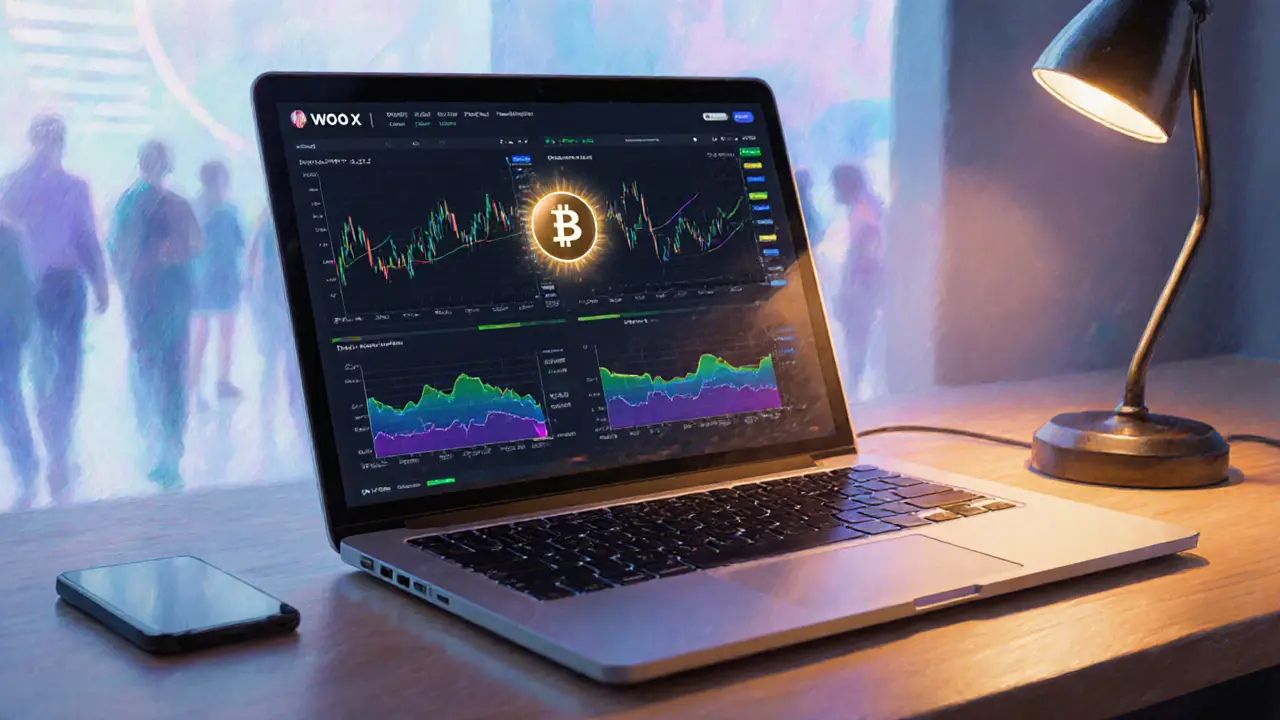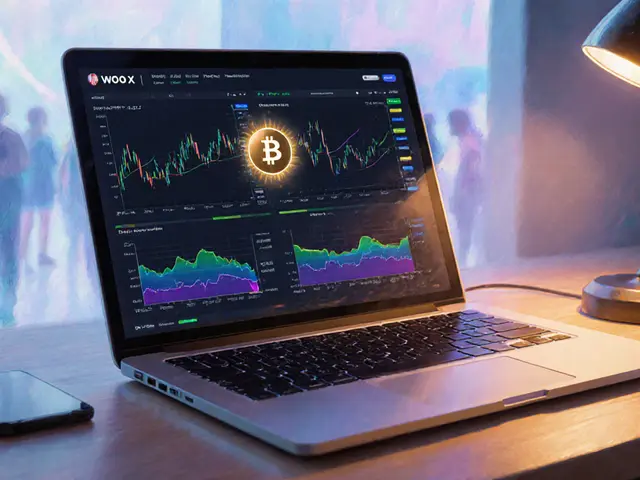WOO X Fees – What You Pay When You Trade
When navigating WOO X fees, the cost structure applied to each trade on the WOO X exchange. Also called WOOX trading charges, they determine how much you pay per swap, spot, or futures order. The platform sits inside the broader WOO Network, a liquidity‑focused ecosystem that powers the exchange, which uses a maker‑taker model, a pricing scheme that rewards order‑book makers with lower fees and offers liquidity rebates, cash‑back credits for providing depth to the market. Understanding these pieces helps you keep more of your crypto.
Why WOO X fees matter
WOO X fees encompass three core attributes: the maker rate, the taker rate, and any applicable rebates. Maker fees can be as low as 0% for high‑volume providers, while taker fees typically sit around 0.04% to 0.08% depending on your 30‑day trading volume. The WOO X fees structure also includes tiered discounts for users who stake WOO tokens, turning token holdings into fee‑saving tools. In practice, this means a trader who consistently adds liquidity can essentially trade for free, while occasional takers still enjoy rates well below industry averages.
Another key factor is the relationship between WOO X fees and the broader crypto exchange fees landscape. Traditional exchanges often charge flat 0.1%‑0.25% taker fees, which erodes small‑scale profit margins. By contrast, WOO X leverages its maker‑taker model together with liquidity rebates to push effective costs down. This dynamic is especially valuable for high‑frequency traders who execute dozens of trades per minute—each basis point saved compounds quickly.
The fee‑rebate system ties directly into the WOO Network’s liquidity pool. When you place a limit order that sits on the book, the network credits you a rebate based on the depth you provide. Those rebates appear as WOO tokens in your account, which you can either hold, stake for further fee reductions, or sell on the open market. This creates a feedback loop: more liquidity → larger rebates → lower net fees → even more liquidity.
Volume thresholds also shape the fee picture. If you move over $1 million in 30‑day volume, the taker fee can drop to 0.03% and the maker fee can turn negative, meaning you actually earn a small profit on each executed maker order. For professional traders, crossing these thresholds turns the fee schedule into a revenue source rather than a cost center. The platform even offers separate fee tiers for futures and perpetual contracts, where funding rates and overnight fees add another layer of cost consideration.
All of these elements—maker‑taker rates, liquidity rebates, token‑based discounts, and volume‑driven tiers—combine to make WOO X fees one of the most competitive in the crypto space. Below you’ll find a curated list of articles that break down each piece in detail, from step‑by‑step guides on calculating your effective rate to deep dives on how the WOO Network’s liquidity engine works. Dive in to see how you can shave fees off your trades and boost your bottom line.

A detailed WOO X review covering fees, liquidity, security, trading tools, and how it compares to other exchanges for high‑volume crypto traders.
Jonathan Jennings Jul 27, 2025




